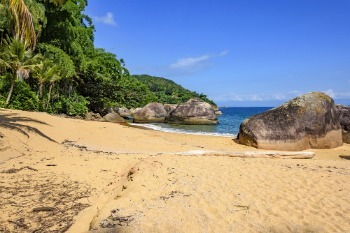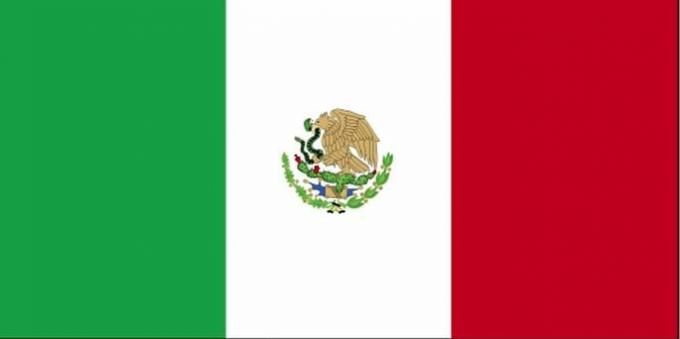Thailand, whose name means “land of free men,” was called Zion, but the current nomenclature was established in 1939. Its territory, located in Southeast Asia, is limited to the west and northwest by Myanmar, to the south by Malaysia, the southeast with Cambodia and to the north and east with Laos, in addition to being bathed by the South China Sea and the Sea of Andaman.
Most of the inhabitants live in rural areas (66%) and carry out agricultural activities, especially in the regions of the Chao Phraya and Mekong river basins, which provide water for the cultivation of rice. The Thai mountains are home to several tribes, especially Pa Dong, where women wear metal necklaces that stretch their necks, known as “Giraffe Women”. Buddhism is the religion with the highest number of adherents (83%), and Thailand has several Buddhist temples, which attract thousands of tourists.

Thai “Giraffe Woman”
The country experienced rapid economic development during the 1980s. The Asian Tigers (Singapore, Hong Kong, South Korea and Taiwan), as well as Japan and the United States, made investments in Thai industrialization. In this sense, traditional industries were installed, such as textiles, shoes, food, toys and electronic products. Producing to order and using cheap labor, the profitability of the companies was very high. With this rapid economic growth, Thailand joined the group of “New Asian Tigers”.
Despite managing to significantly reduce infant mortality (currently it is 7 deaths per thousand live births), Thailand has health problems. AIDS is constantly expanding, and has already become a major public health problem. This fact is mainly due to the increase in prostitution, driven by the large number of tourists visiting the country.
Do not stop now... There's more after the advertising ;)

Coat of arms
Thailand data:
Territorial extension: 513,115 km².
Location: Asia.
Capital: Bangkok.
Climate: Tropical with monsoon rains.
Government: Monarchy.
Administrative division: 76 provinces.
Languages: Tai (official), Chinese, Malay.
Religions: Buddhism 83.2%, Islam 9.1%, Christianity 1.7%, other 3.9%, no religion and atheism 2.1%.
Population: 67,764,033 inhabitants. (Men: 33,327,947; Women: 34,436,086).
Composition: 75% Thai, 14% Chinese, Malay, Cambodian and other 11%.
Demographic density: 132 inhab/km².
Average annual population growth rate: 0.6%.
Population residing in urban areas: 33.59%.
Population residing in rural areas: 66.41%.
Undernourished population: 17%.
Life expectancy at birth: 70 years.
Households with access to drinking water: 98%.
Households with access to a health network: 96%.
Human Development Index (HDI): 0.654 (average).
Currency: Baht.
Gross Domestic Product (GDP): 260.7 billion dollars.
GDP per capita: 3,841 dollars.
External relations: Apec, Asean, World Bank, IMF, WTO, UN.
By Wagner de Cerqueira and Francisco
Graduated in Geography
Brazil School Team
countries - geography - Brazil School



